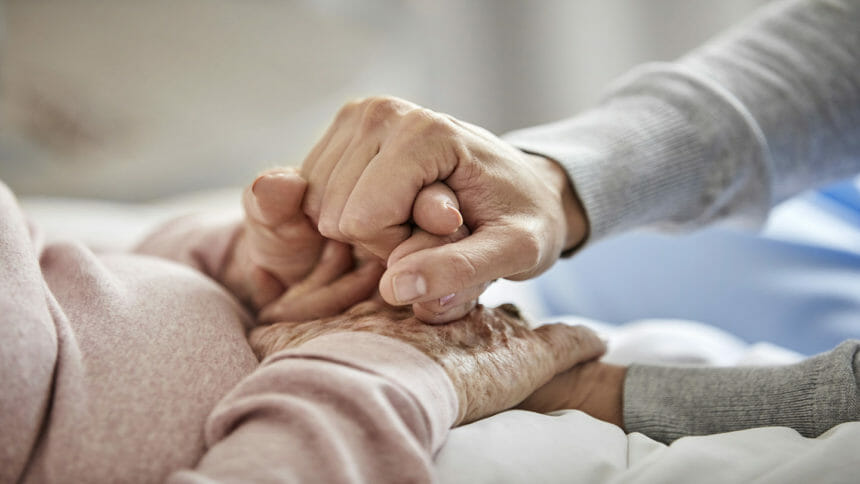
The number of Medicare Advantage plans offering home care as a supplemental benefit will increase by 70% next year compared to this year, according to ATI Advisory.
Tyler Overstreet Cromer, principal at the elder care advisory firm, told McKnight’s Home Care Daily Pulse that 729 MA plans will offer home care supplemental benefits in 2022 compared to 429 in 2021.
“With all of the other things that are happening on the policy front like hospital at home … and you look at SNF-at-home legislation on Capitol Hill, it all just points to more demand for home care in Medicare,” Cromer said.
While the 729 MA plans offering home care benefits represent only a fraction of the 5,400 MA plans nationwide, Cromer said home care is one of the most popular supplemental benefits since the Center for Medicare and Medicaid Services began granting MA plans greater flexibility in their benefit offerings in 2018.
Cry for more care hours
Despite that, some home care firms are frustrated by how many hours of care MA plan beneficiaries can receive in a year. The maximum is around 60 hours and that simply isn’t enough, according to Addus HomeCare Chairman and CEO Dirk Allison. At an investment conference earlier this month, Allison told Wall Street analysts he wanted private MA plans to offer home care as a benefit the way state Medicaid programs do. He explained that offering up to 60 hours of home care a month, instead of a year, could help improve outcomes for seniors and keep them out of hospitals.
“To get there, we have to prove to them that we as a company and as an industry can help control costs,” Allison said. “We have to prove to them that we can sort of pay for ourselves.”
At the moment, that could be a tall order. Marc Rothman, M.D., chief medical officer at healthcare technology platform Signify Health, told McKnight’s Home Care Daily Pulse there isn’t enough data available now on home care’s return on investment for MA plans.
“I think Medicare Advantage is still trying to figure out what the right mix of in-home services is optimal for preventing declining functional status, falls, emergency room visits and hospitalizations,” Roth explained. “I don’t think they’ve fully figured out yet what the magic sauce is.”



